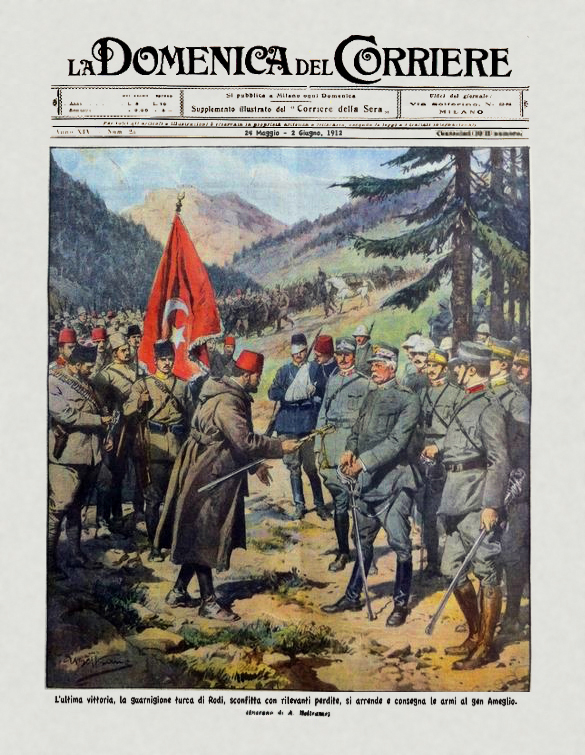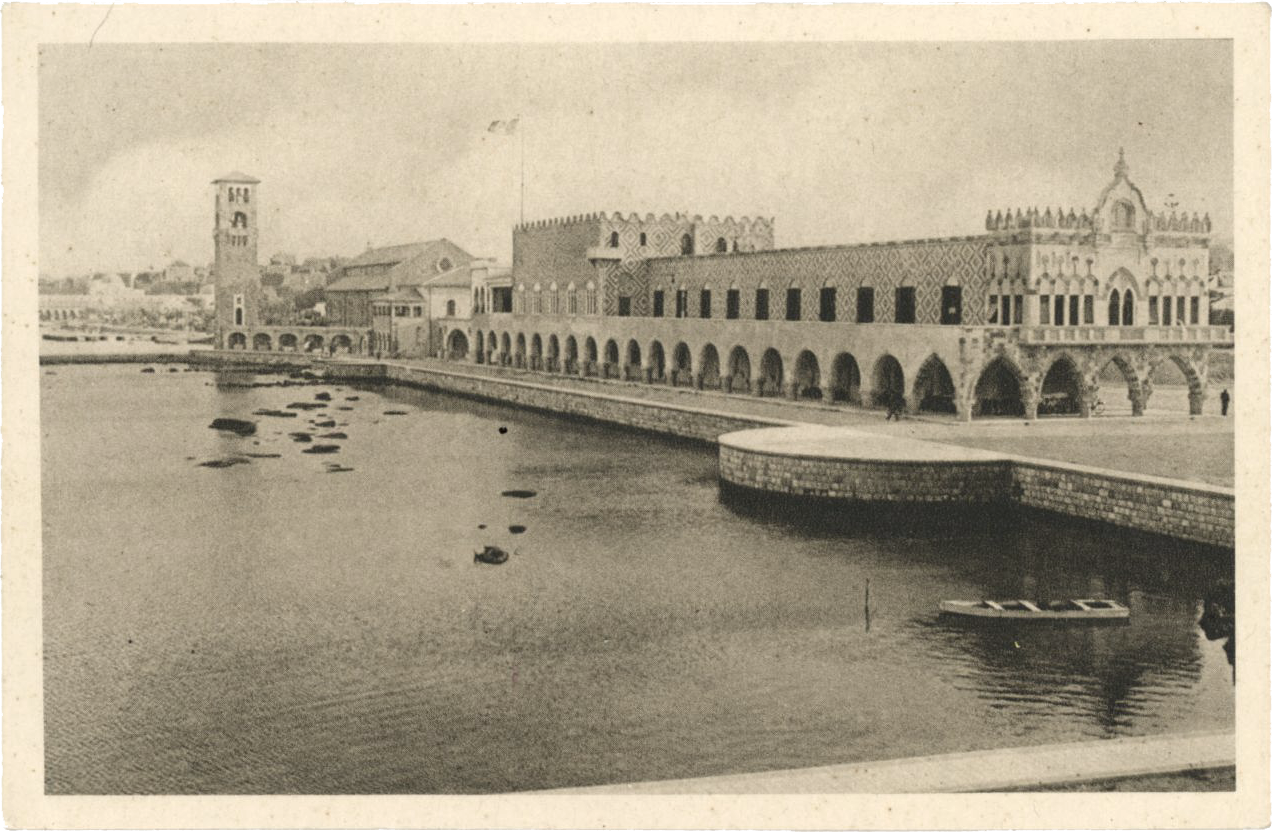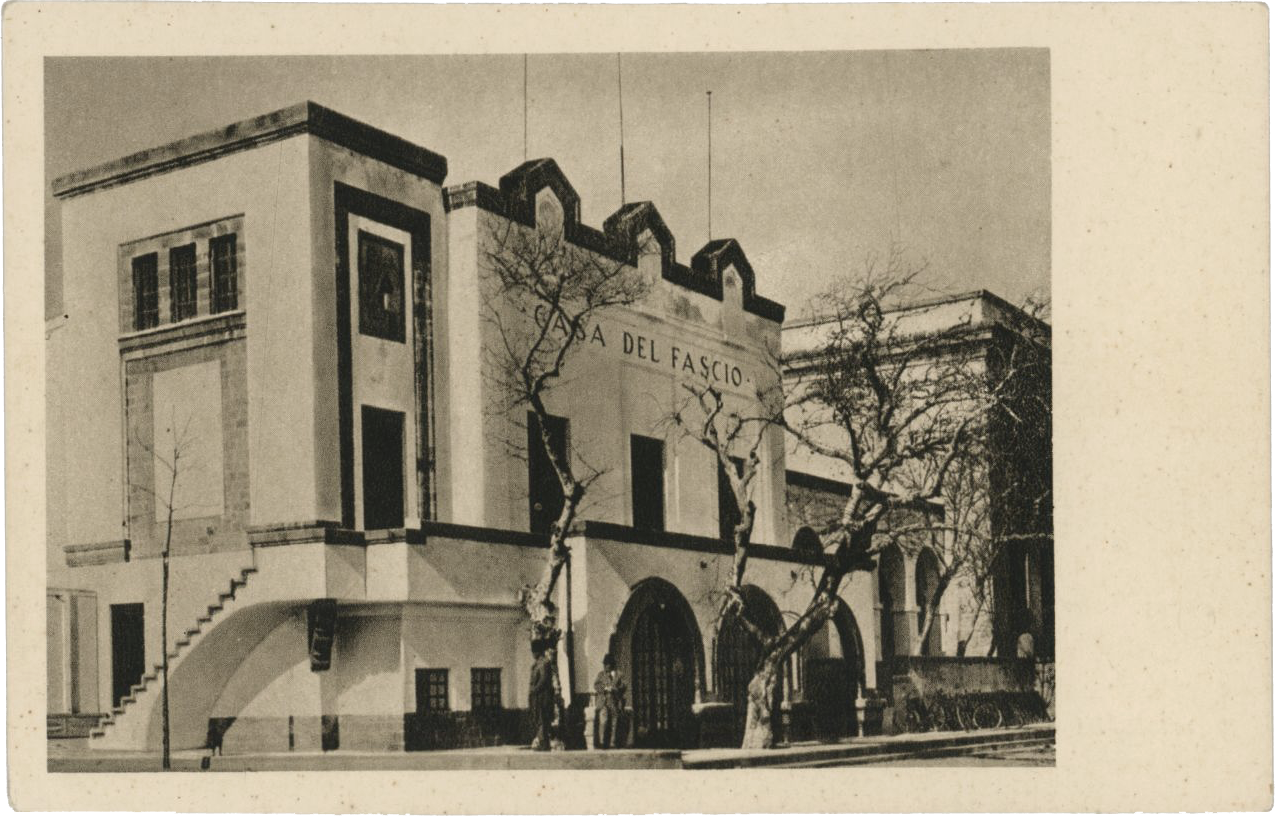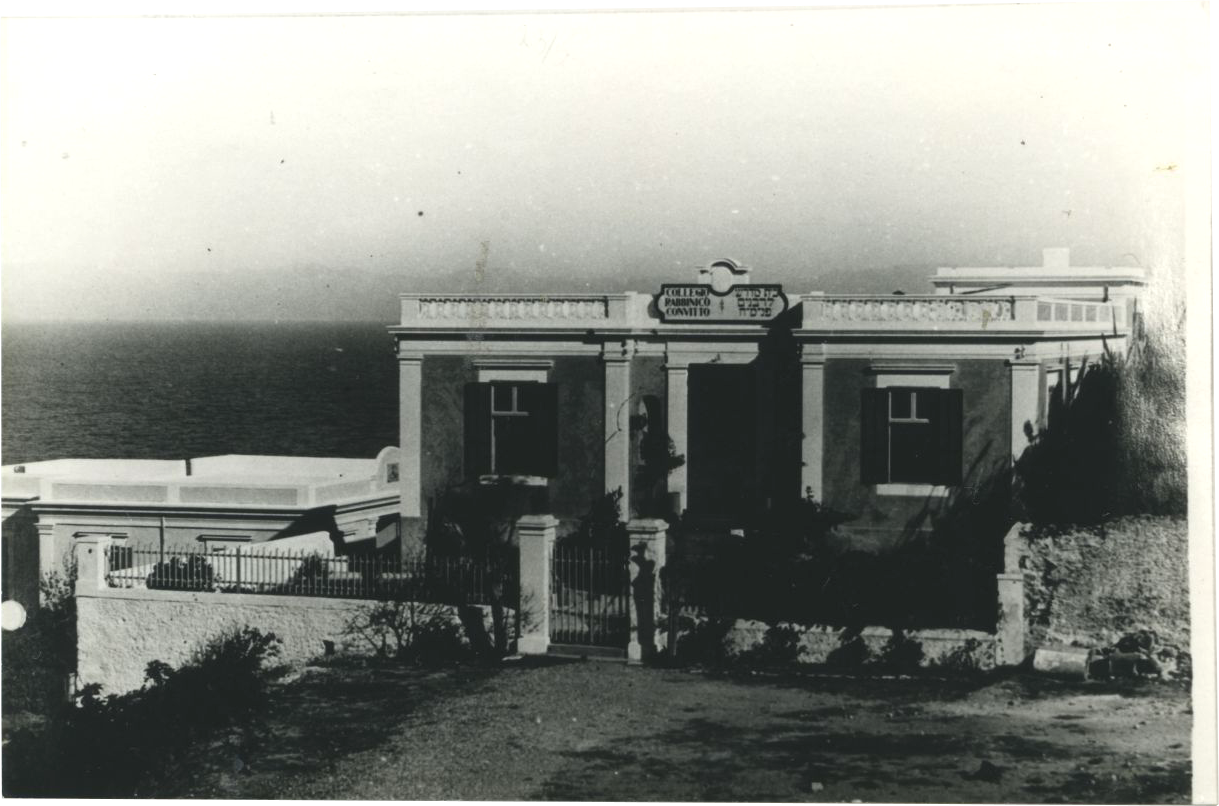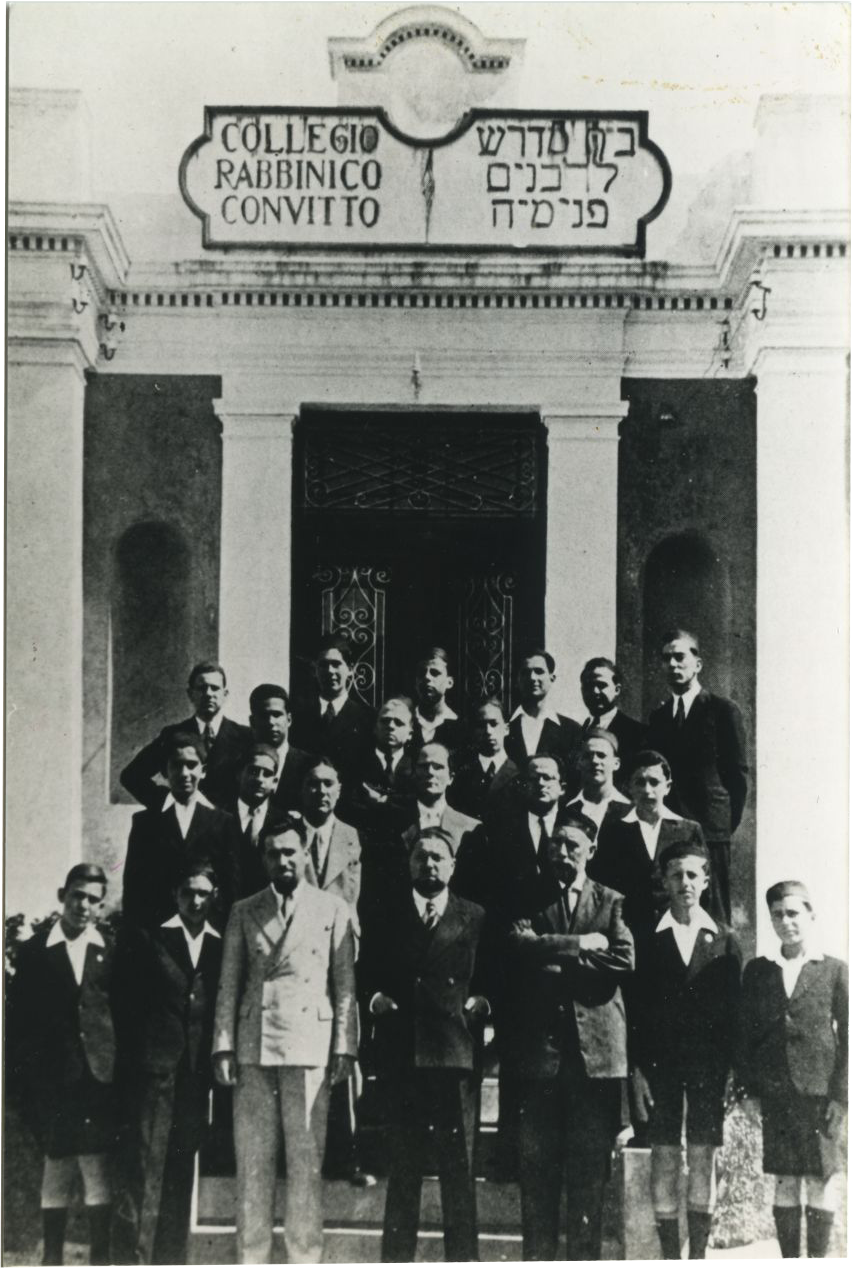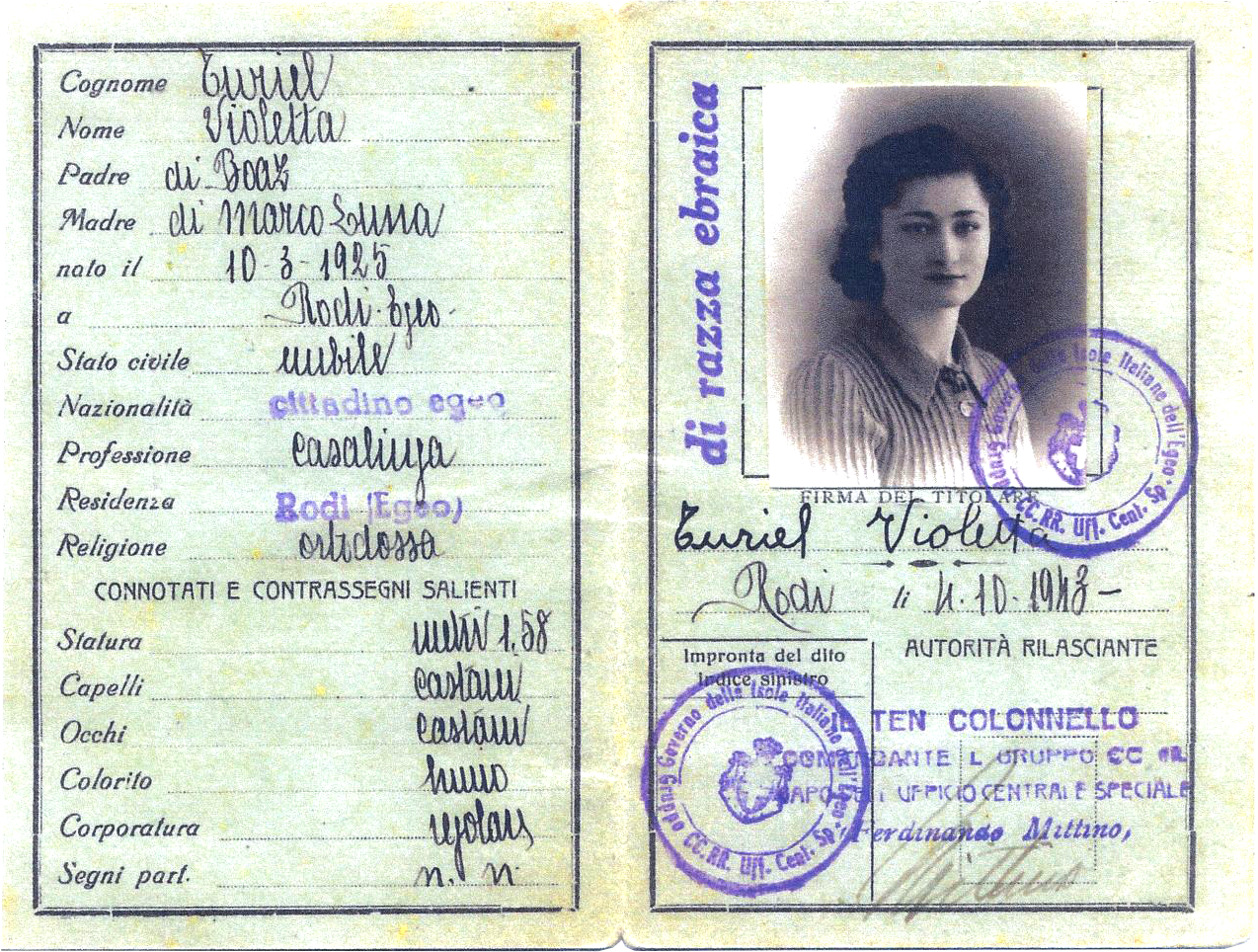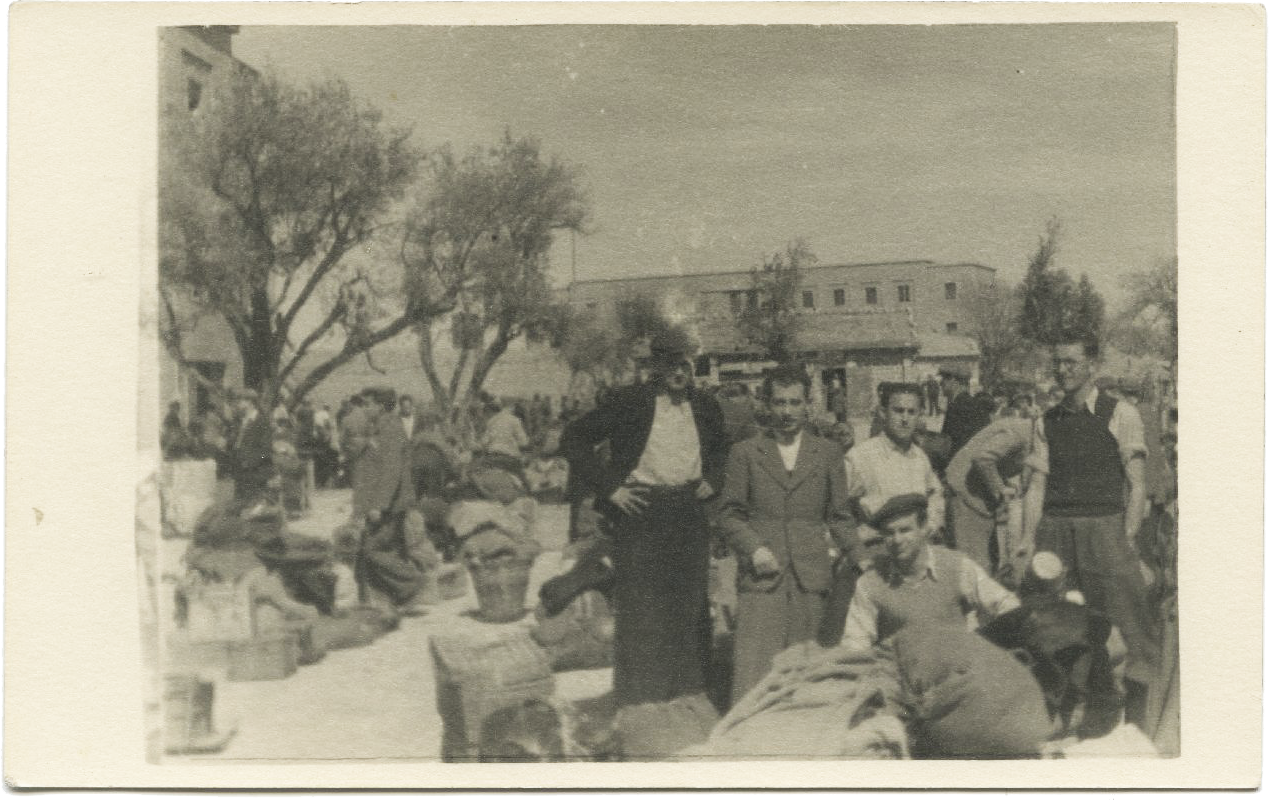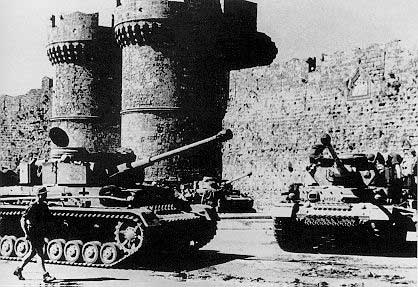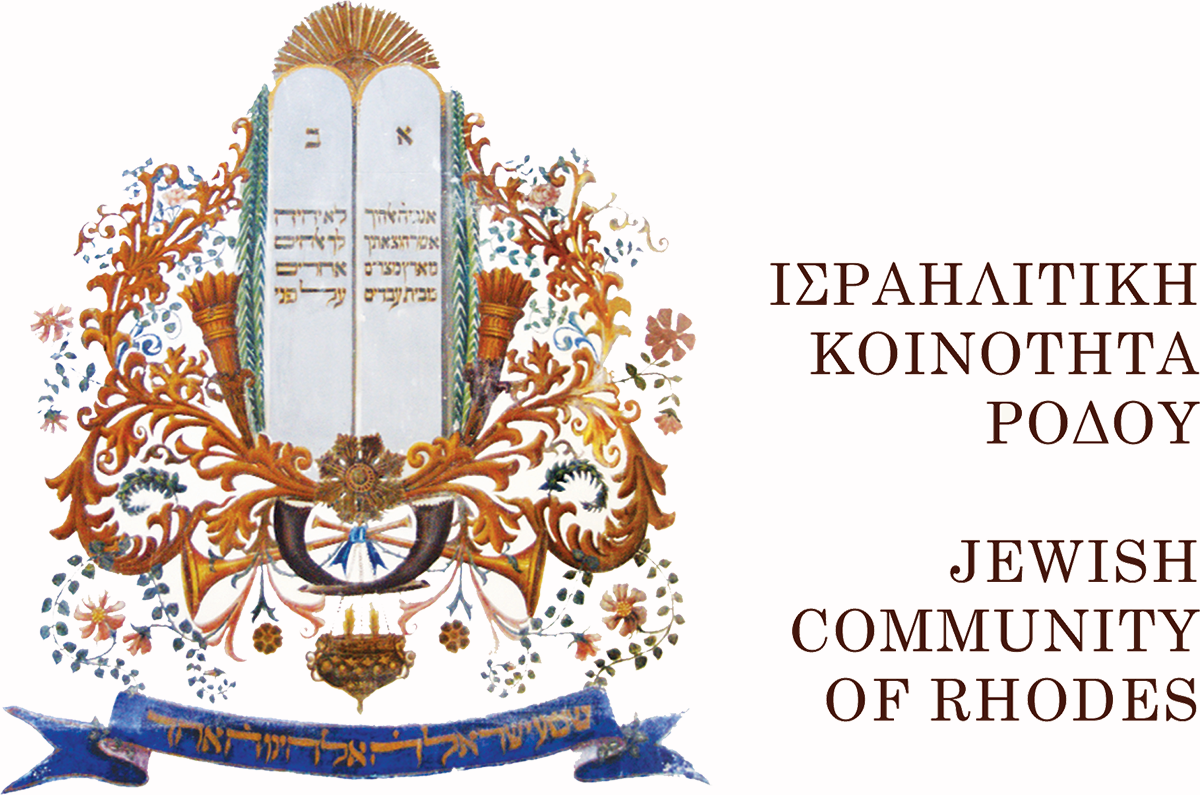Timeline - The historical context
1912
Italy occupies the island of Rhodes
In April and May, the armed forces of the Kingdom of Italy occupy the islands of the Dodecanese, previously a possession of the Ottoman Empire. The action is part of the so-called Libyan Campaign, or Italo-Turkish War, fought between the two powers in 1911-1912 for control of the North African regions of Tripolitania and Cyrenaica.
1923 - 24 July
Treaty of Lausanne
As a result of the peace negotiations that followed the First World War, the Dodecanese is assigned permanently to the Kingdom of Italy, placed under the control of the Foreign Ministry and ruled by a governor who exercises Italian sovereignty.
1924 - 28 August
Mario Lago is appointed Governor of the Italian Possessions in the Aegean
A career diplomat, previously head of European affairs at the Foreign Ministry, Mario Lago embodies Fascist attempts to reorganize life on Rhodes in line with ongoing modernization efforts in Italy. His governorship is based on dialogue with the representatives of the Muslim, Jewish and Greek communities.
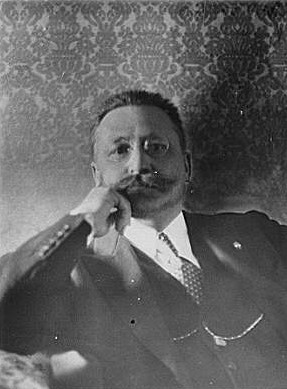
Arnold Genthe, Portrait of Governor Mario Lago, 1929 (Genthe, Arnold, 1869-1942, photographer, CC0, from Wikimedia Commons)
1925
Introduction of Lesser Citizenship
Citizens of the Dodecanese Possessions are offered the choice of taking up a form of Italian citizenship termed ‘lesser’ or ‘Aegean’, because it does not include political rights or allow the holder to enter State employment, while it does allow the possibility of military service. Attracted by the innovations introduced by the occupiers, numerous members of the Jewish community opt to become Italian citizens. That decision will prove fatal for many, under the complex Nazi organization of the extermination of the Jews.
1928
Opening of the Rabbinical College
Founded by the Fascist authorities in conjunction with Jewish organizations in Italy, the College is tasked with training new rabbis for the Balkans and Eastern Mediterranean. Over the next decade, many learned rabbis join the teaching staff, including well-known names such as Aldo Lattes and Riccardo Pacifici. The College remains open until 1937, when its activities are suspended due to lack of funds. The anti-Jewish laws of 1938 would in any case have prevented its re-opening.
View of the third building to house the Rabbinical College, located in the new city of Rhodes, where the institution moved in 1932. The headquarters was located outside the walls of the old city, on the west coast of the island, in Brussali (CDEC Foundation Archive, Menascé Fintz Ester fonds)
1936
A new governorship for the Possessions
The newly appointed governor of Rhodes is Cesare Maria De Vecchi di Val Cismon, a prominent participant in the March on Rome, former Minister of Education, and member of Mussolini’s inner circle. It is a signal of impending doom for the island’s Jewish community, which begins to suffer the first forms of harassment.
1938 - 5 September
Anti-Jewish discrimination begins in Rhodes
With the Fascist organ Il Messaggero di Rodi as its mouthpiece, the antisemitic campaign begins in the Dodecanese. In September a decree ordering expulsion of all Jews classified as ‘foreigners’ comes into force and then, despite previous assurances, the anti-Jewish laws are progressively extended to cover all Jews in the Italian Possessions.
Copy of the identity card of ‘Aegean citizen’ Violetta Turiel, issued in Rhodes on 4 October 1943 by Commander Ferdinando Mittino of the Royal Carabinieri Group of the Government of the Italian Aegean Islands. The document is stamped with the words “of Jewish race”. (CDEC Foundation Archive, Menascé Fintz Ester fonds)
1939 - 15 March
Census of the Jewish population
In accordance with the Regulations on compilation and upkeep of the register of the population of every religion in the municipalities of the Possessions, a new census is announced in Il Messaggero di Rodi, with the term ‘race’ being used. The census allows the Fascist authorities to obtain detailed information on the 1,952 Jews residing in the municipality of Rhodes.
1940 - 10 June
Italy enters the war and ‘foreign’ Jews are arrested
With Italy joining the war alongside Nazi Germany, the Government orders the arrest and internment of all Jews classified as ‘foreign’, and so on Rhodes the internment camp of San Giovanni is opened. Its population is soon swelled by survivors from the wreck of the Pentcho, one of the vessels attempting to carry Jewish refugees to Mandatory Palestine. In March 1942 the interned Jews are transferred to the Ferramonti di Tarsia camp in Calabria, Italy, where most eventually avoid deportation thanks to the arrival of Allied troops.
1943 - 11 September
Italian troops surrender to the Germans
Following the signing of an Armistice between Italy and the Allied Powers, the Germans occupy the Dodecanese, as they do all other Italian territories not yet in Allied hands. Already present on the islands since January because of the threat of Allied attacks, at the time of the Armistice the German troops on Rhodes number some 8,000, as compared to an Italian garrison of around 35,000. After some initial fighting, Admiral Inigo Campioni, Governor of the Possessions since July 1941, surrenders, fearing serious reprisals. On Kos and Leros the Italians fight on but are defeated.
1944 - 8 April
Allied bombing
Since it first began with Italy’s entry into the war, Allied bombing of Rhodes has become increasingly intense. On the first day of Passover in 1944, one of the heaviest raids yet strikes the Juderia, causing many Jewish casualties and destroying numerous buildings in the district.
Impressive documentation of the objectives targeted by British aviators, ‘Giornale Luce’ on October 9 ,1941 (Istituto LUCE Archive).
1944 - 13 July
Order No. 29 on compulsory residence
By Order No. 29, published in Il Messaggero di Rodi on16 July 1944, Jews on the island were obliged to reside within the municipalities of the City of Rhodes, Trianda, Cremastò and Villanova.
1944 - 19-23 July
The Jews of Rhodes are arrested
Initially addressed to males over the age of 15 and, twenty-four hours later, also to women and children, strict instructions are issued ordering all members of the Jewish community to report to the Italian air force headquarters: the men to show their identity cards and work permits, the women to hand in personal effects and valuables. All Jews who comply with the order are arrested. Only 42 Jews who had opted to keep their Turkish citizenship are released, after the consul of Turkey, a neutral country, manages to intervene on their behalf.
1944 - 23 July
The long deportation journey begins: from Rhodes to Athens
The entire Jewish community is marched down to the harbour through a city that is eerily deserted after the Germans sound a false air raid alarm. More than 1,700 people are packed into the airless holds of three cattle freighters. The convoy calls at Kos, where other recently arrested Jews are embarked. After many days at sea, during which some die, the deportees arrive in Piraeus, the port of Athens, and are transferred to the Haidari concentration camp north of the city. Their German guards savagely beat the prisoners, old and young, causing further deaths.
Stella Franco, Dora Scemarià and Rachele Cohen, interviewed by Liliana Picciotto, Jerusalem, 10 March 1992, CDEC Foundation Archive.
1944 - 3 August - From Haidari to Auschwitz
The survivors of the first part of the deportation journey are taken to the railway station in Athens and crowded onto sealed cattle wagons, headed for the extermination camp at Auschwitz-Birkenau.
1944 - 16 August
Arrival in Auschwitz
After a journey of nearly a month, the Jews deported from the Italian islands in the Aegean arrive in Auschwitz-Birkenau. More than a thousand of them are sent immediately to the gas chambers.
Of those who enter the camp, only 179 will leave it alive.
Alberto Israel, interviewed by Marcello Pezzetti, Brussels, date unknown, CDEC Foundation Archive.
